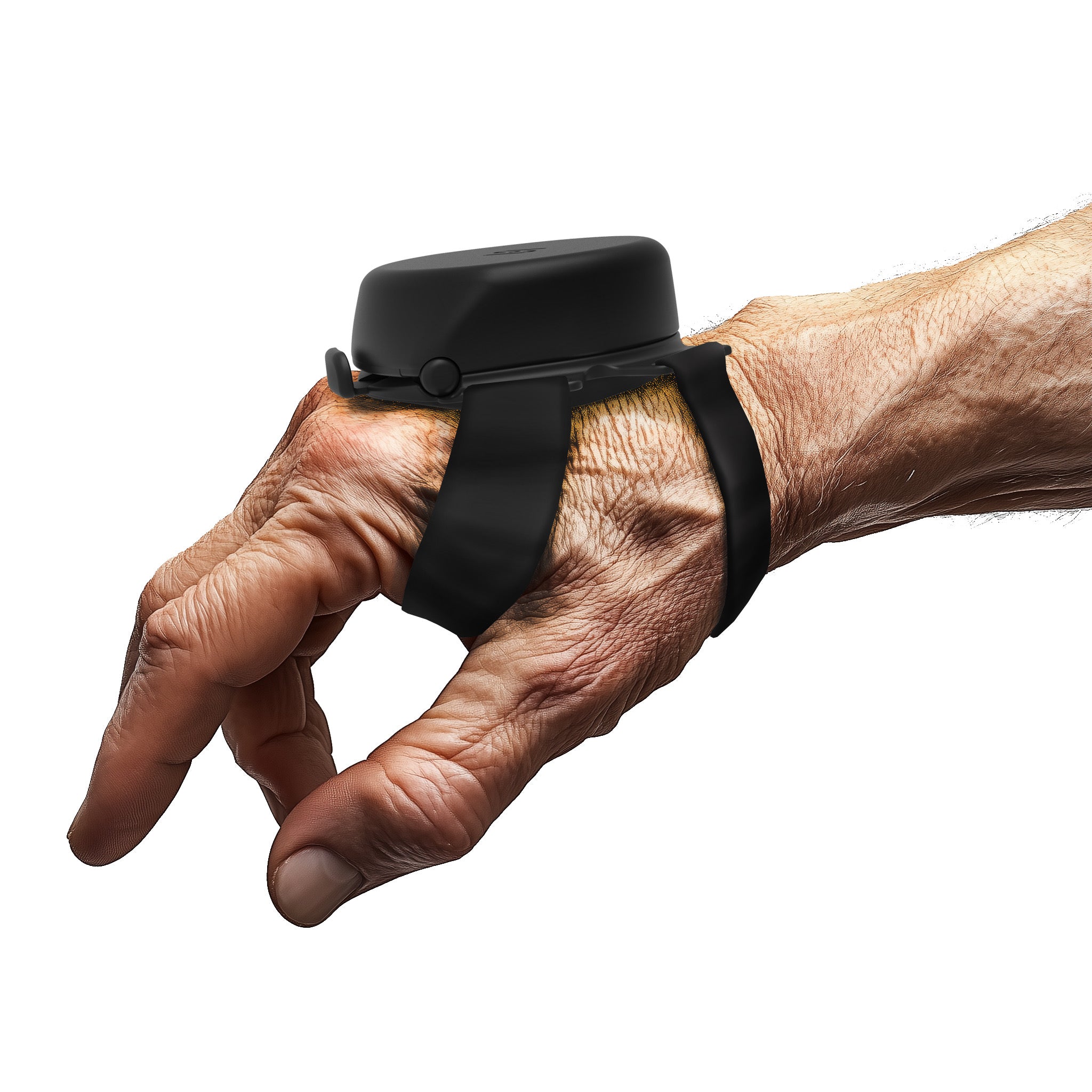Driving with Parkinson's disease poses unique challenges, as the condition significantly affects both motor skills and cognitive functions. Common symptoms like tremors, stiffness, and slow movements can significantly impact the ability to operate a vehicle safely. This guide aims to provide a comprehensive overview of the difficulties faced by Parkinson's patients behind the wheel and strategies for managing these challenges effectively.
To keep you informed and prepared, we'll explore key areas such as the legal responsibilities of driving with Parkinson's, the effects of medications on driving ability, and considerations for Parkinson's disease driving insurance. Additionally, this guide offers practical tips for safe driving, highlighting the importance of adaptive technologies and personalized driving plans that help mitigate the impact of Parkinson’s on your driving capabilities.
This guide addresses crucial safety considerations and provides actionable advice, helping equip Parkinson's patients with the tools and confidence needed to maintain independence and ensure safety on the road.
What are the best cars for Parkinson's patients?
Choosing the right car can considerably ease and improve safe driving for patients with Parkinson's disease. The best cars for Parkinson's patients are those with automatic gear transmission, which are ideal for individuals who have extreme difficulty shifting gears manually.
Additionally, these patients benefit from keyless entry and ignition systems, making it easier to manage the car without the hassle of handling keys. Features like adaptive cruise controls and lane-keeping assistance are essential as they enhance safety and support affected drivers. Elevating the vehicle seat position also enhances vehicle entry and exit while providing better viewing angles of the road, making driving less strenuous for people with mobility problems.
Eligibility and Safety Concerns for Drivers with Parkinson's

Can Individuals with Tremors Safely Drive?
For a person living with Parkinson's disease, assessing their ability to drive safely involves considering factors such as tremor severity and symptom management. Early in the disease, many patients can drive safely, but as symptoms progress, driving becomes more challenging. Regular evaluations by health professionals are crucial to determine fitness to drive.
Impact of Parkinson’s Medication on Driving
Understanding the impact of Parkinson's medication is crucial for safe driving. Some medications may cause side effects such as drowsiness or dizziness, which can compromise driving safety. Open communication with healthcare providers helps balance the benefits of medication with potential driving hazards.
Can You Legally Drive with Parkinson's Disease?
By law, individuals diagnosed with Parkinson's must inform their local licensing authority about their condition. This ensures that fitness to drive is assessed regularly. Informing insurance providers is also essential to maintain valid coverage, as failure to do so could lead to policy invalidation in the event of an accident.
Support and Adaptations for Driving
Insurance Considerations for Parkinson’s Patients
Notifying insurance companies about a Parkinson's diagnosis is crucial, as it may affect policy terms and premiums. Some financial assistance programs and vehicle adaptations can help mitigate these costs.
Accessibility and Public Transportation Alternatives
For individuals who find driving increasingly difficult, public transport concessions and community mobility resources offer viable alternatives to maintain independence.
Cognitive Considerations and Driving with Parkinson’s
Effects of Cognitive Changes
Cognitive impairments, such as slowed processing speed and impaired judgment, can significantly affect driving safety. Regular cognitive assessments and specialized training programs can help address these challenges.
Safety Strategies for Cognitive Health
- Route Planning: Use familiar routes with clear stops to reduce cognitive load.
- Avoiding Distractions: Minimize interior clutter and simplify controls to maintain focus.
Emotional Well-being and Driving Confidence
Anxiety and Stress Management
Stress management techniques, such as mindfulness exercises, can help reduce driving anxiety. Support groups and refresher courses can also build confidence.
Adaptive Vehicle Technologies for Parkinson’s Patients
Advanced Vehicle Adaptations
- Steering aids, such as reduced-effort systems, help with tremors.
- Hand controls and voice-activated systems enhance accessibility.
- Swivel seats and ergonomic cushions improve comfort.
Technological Aids and Innovations
Modern vehicles equipped with features like automatic emergency braking, rearview cameras, and navigation apps can significantly enhance driving safety for Parkinson's patients.
Community and Mobility Resources
Planning for the Future
Advanced planning for transportation needs ensures continued mobility when driving is no longer an option.
Steadiwear and Driving with Parkinson’s: Innovative Solutions for Managing Tremors

The Steadiwear stabilizing glove reduces involuntary hand movements, offering enhanced control and increased confidence behind the wheel. This innovative device helps Parkinson's patients maintain independence and safety while driving.
Key Benefits of the Steadiwear Glove:
Enhanced Control :The glove reduces involuntary hand movements for steadier steering.
Extended Driving Capability :The glove helps resolve tremors, thereby extending the time a person with Parkinson's can safely drive.
Comfort and Practicality:The glove is lightweight and unobtrusive; therefore, it is comfortable when worn and allows for natural hand movements, such as driving ordinarily using hands.
Increased Confidence:Improved control instills more security in driving, thus reducing anxiety associated with driving performance.
It goes without saying that the Steadiwear glove is a clever driving aid, but more importantly, it helps the patient grow in independence and makes life easier.
Conclusion
Driving when living with Parkinson's would be a very involved affair; it would require many medical and legal considerations, all to ensure road safety. Adjustment, communication with medical professionals, and employing adaptive technologies such as Steadiwear will help prolong the ability of individuals living with Parkinson's to drive safely and independently.


